Fort VII, officially known as Konzentrationslager Posen, was a Nazi concentration camp in Poznan during the Second World War and the occupation of Poland.
Since nobody knows for sure, there are different estimates about how many people died between the walls of the 19th-century fort surrounding the city. Between 4.500 and 20.000 people were killed while at Konzentrationslager Posen, and we spent an afternoon there exploring the place.
Fort VII is not that easy to find since it used to be part of the ring of defensive forts built around Poznan. We had to take a tram and a bus and walk around to find the place. Once there, we were alone for a long time, walking around wholly lost with everything we saw for the first time.
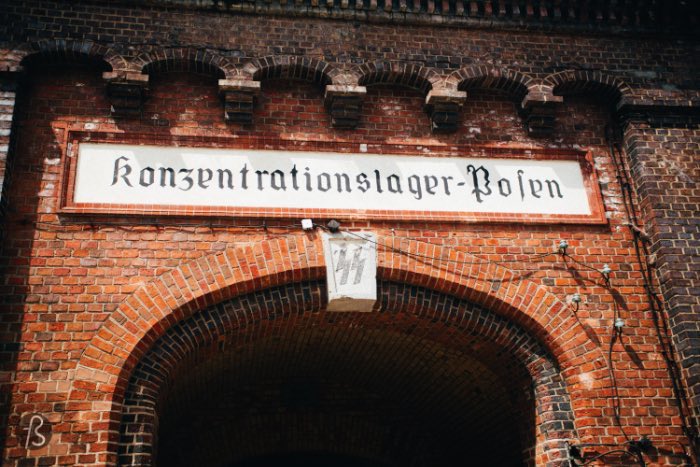
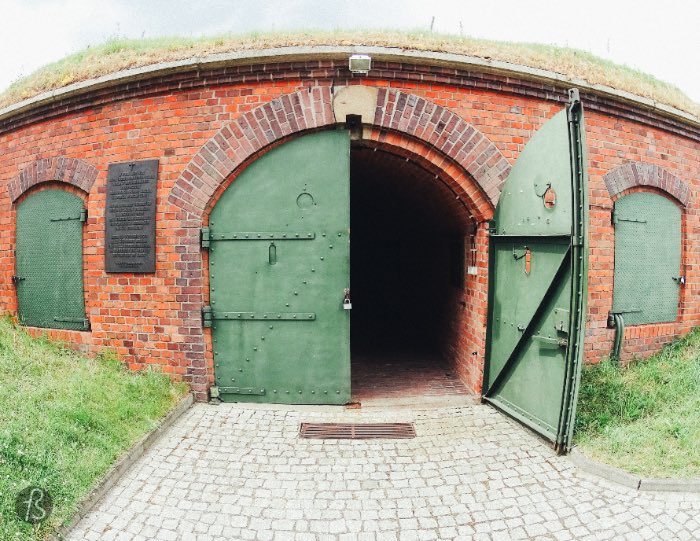
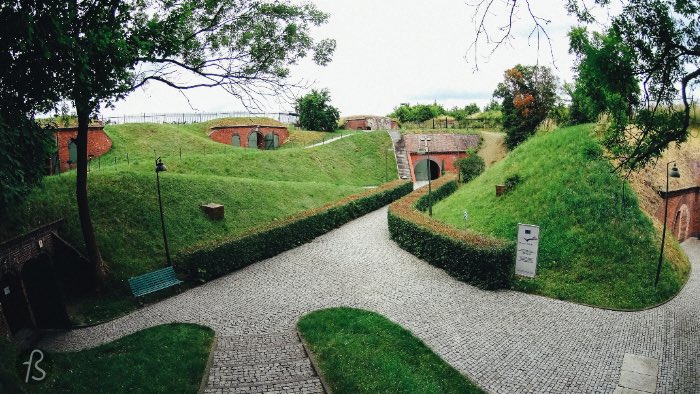
The History of Konzentrationslager Posen
If you read what we wrote about Park Citadela and the Armament Museum Poznan, you already know that Poznan had a ring of defensive forts surrounding the city. Festung Posen was the name of this defensive fort built around the city in 1876.
Following the invasion of Poland by Nazi Germany in September 1939, Fort VII was the one chosen to become the first concentration camp in occupied Poland. Konzentrationslager Posen began functioning in October 1939 with Polish prisoners from the Wielkopolska region.
Many had been engaged in social and political life and were part of the Wielkopolska Uprising and the Silesian Uprising. Most of them were executed within a week of arrival.
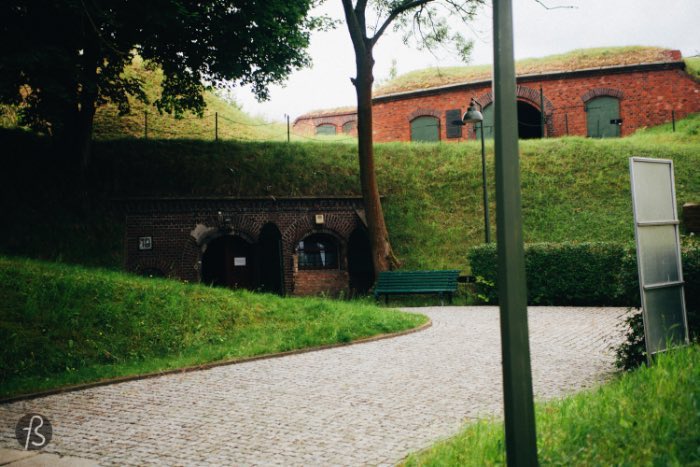
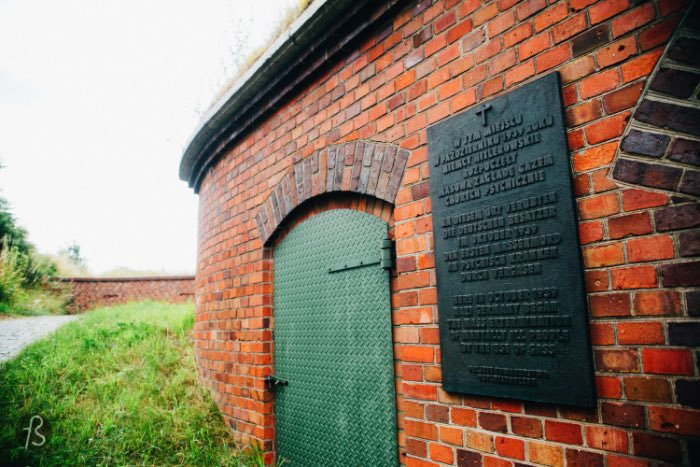

And the camp didn’t have just Polish prisoners. In October 1939, an experiment in mass execution by gas chamber was carried out at Konzentrationslager Posen. Around 400 patients and staff from psychiatric hospitals in Poznan and Owinska were murdered there. The murders were carried out by carbon monoxide introduced in still bottles. But the possibility of a trial gassing by Zyklon B at the time is not excluded.
At the end of 1939, the camp was renamed a Gestapo prison and transit camp and got to become Geheime Staatspolizei Staatspolizeileitstelle Posen. Übergangslager – Fort VII. The condition of the prisoners improved a little during that, but it was still a concentration camp.
Most of the prisoners there were sentenced to death about six months after arriving. Or they were transferred to a more giant concentration camp, such as Dachau and Auschwitz. Rarely, they were released.
In May 1941, Heinrich Himmler signed a decree renaming the prison into a police and corrective labor camp. Now, Fort VII was called Polizeigefängnis der Sicherheitspolizei und Arbeitserziehungslager, and, during this period, some prisoners would be held in the center temporarily during the weekend.
Some witnesses spoke about seeing up to 7 executions by shooting a day. As well as mass hangings and shooting of larger groups of prisoners away from the fort, and it didn’t end up there. Since the conditions of the camp were terrible, with prisoners living in cramped, dark, damp, and cold conditions, there were at least two typhus epidemics that killed almost 80% of the prisoners held at the time.
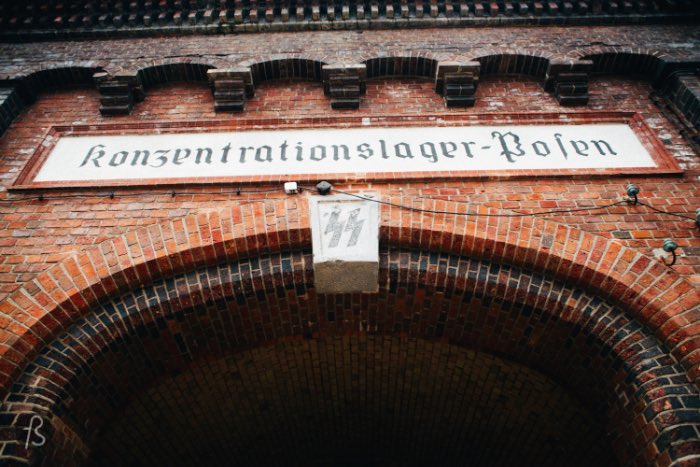
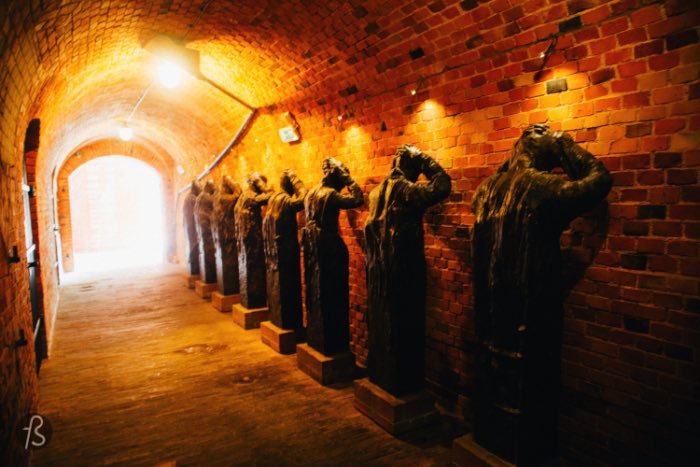

In March 1943, the camp was liquidated since the place would be used for industrial purposes later. The last prisoners were transferred in April 1944, and Fort VII became a Telefunken factory that produced radio equipment for submarines and aircraft.
After the end of the Second World War, the complex of buildings was used as a storage space by the Polish army until 1979, when it became the Wielkopolska Martyrs Museum at Fort VII.
Visiting the Wielkopolska Martyrs Museum at Fort VII
It’s too bad most of the information inside the Wielkopolska Martyrs Museum is only in Polish. If we hadn’t researched the place before, we wouldn’t understand most of what we saw there. And we saw lots of things.
From a guillotine to an execution block, from truncheons whips to arrest warrants. From handwritten letters to playing cards and identity papers left by those who died there. Pay attention to the walls, and you will be able to find the graffiti etched into the wall that was rejected by the prisoners. It will be something you will never forget.
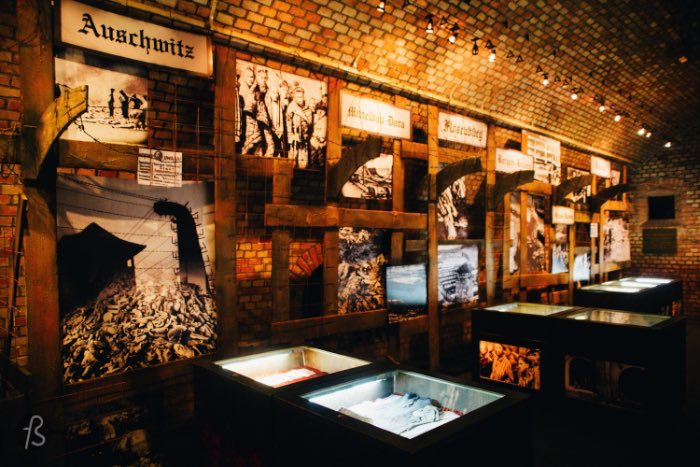
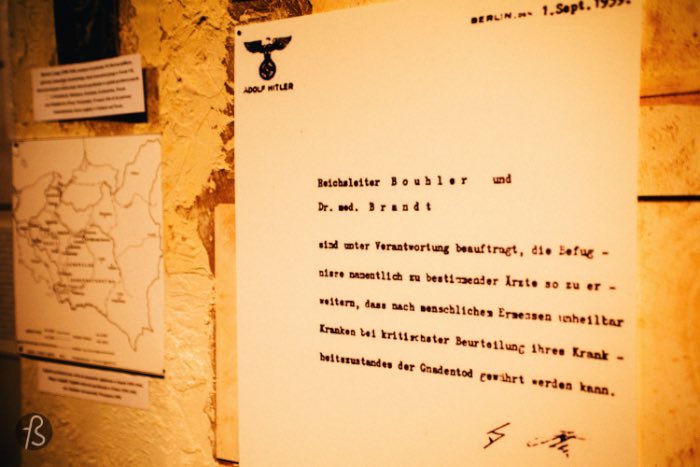

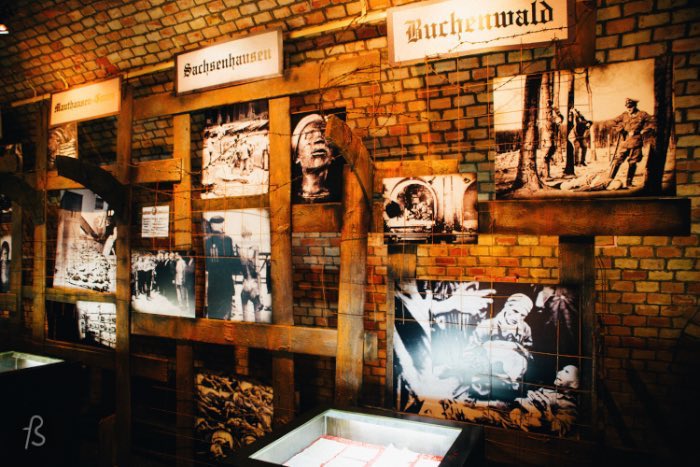

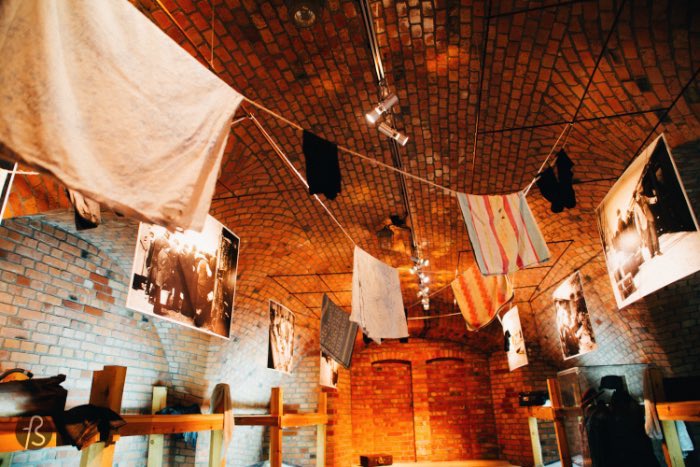
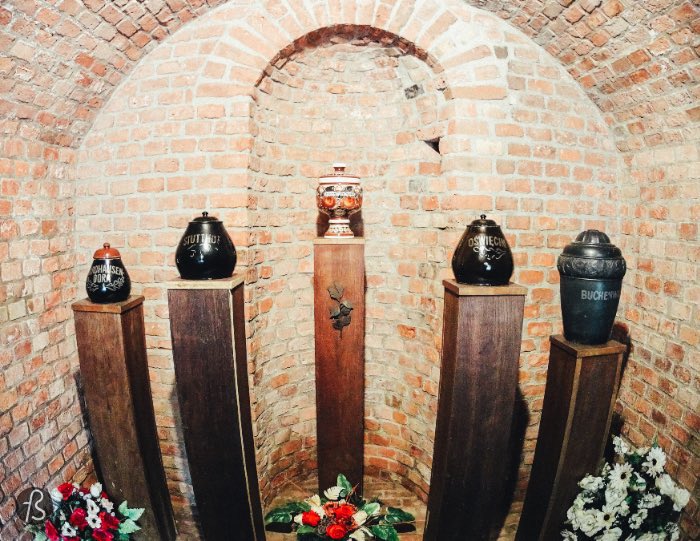
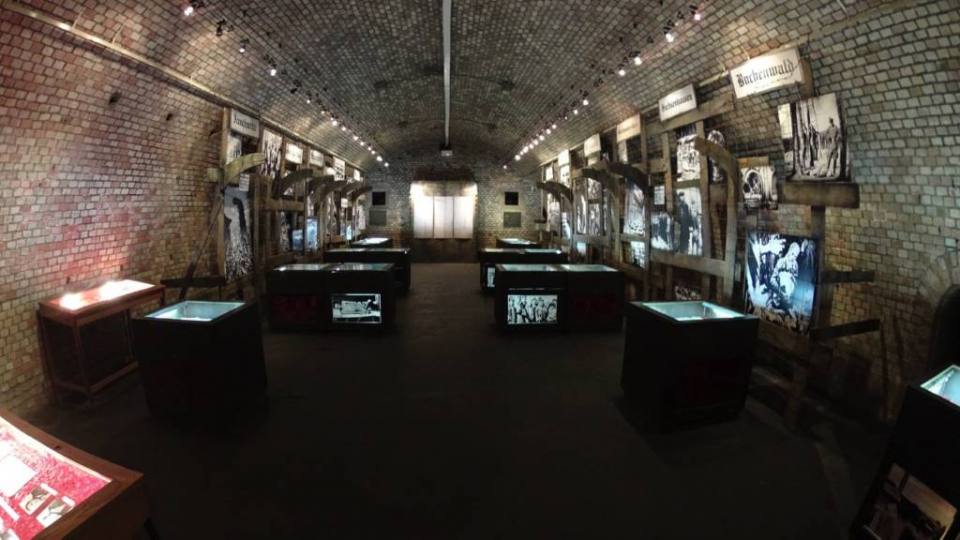
Konzentrationslager Posen was the first concentration camp we ever set foot in, and what we learned there will be with us for a long time. Once you know that up to 300 prisoners were sometimes held in a cell measuring 20 by 5 meters, you see that place differently. We didn’t find the women’s cells, but they remained flooded up to knee height. We cannot imagine surviving in a place like this. And it doesn’t end there.

There was something called the Stairway of Death where prisoners would be made to run up carrying a heavy stone and possibly kicked down from the top by a guard.
From what we read online, the guards used to tell the prisoners that if they could climb the stairs with the rock without dropping it, they would be set free. We can only imagine the effort those prisoners took to carry that stone before being kicked down to their deaths.
You can see the Stairway of Death in the pictures below.

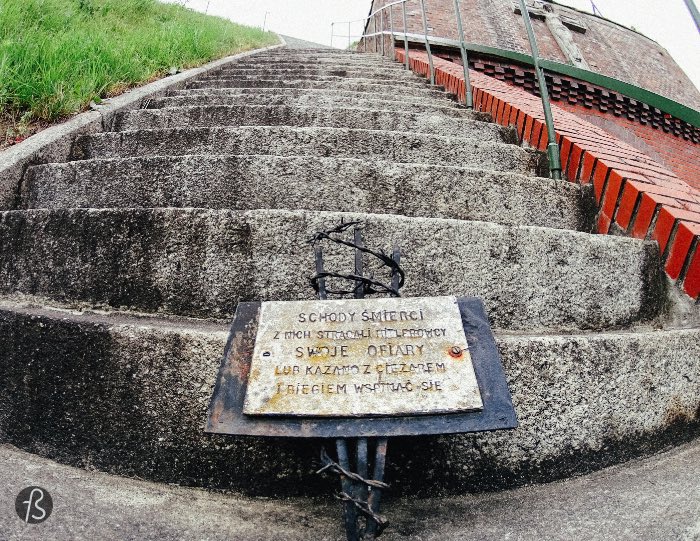
As we said before, reaching Fort VII is not an easy task. Depending on where you are staying in Poznan, the best choice would be to grab a taxi.
You can find the fort at Al. Polska (Jeżyce) and the Fort is open until 16:00 every day but Monday.
Fort VII: visiting the Konzentrationslager Posen and the Museum for Wielkopolska Martyrs in Poznan
Polska, 61-001
Poznań, Poland